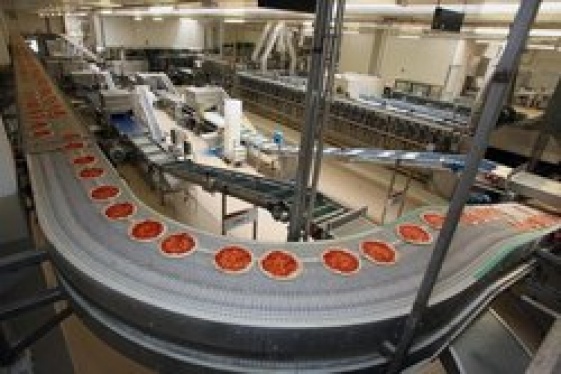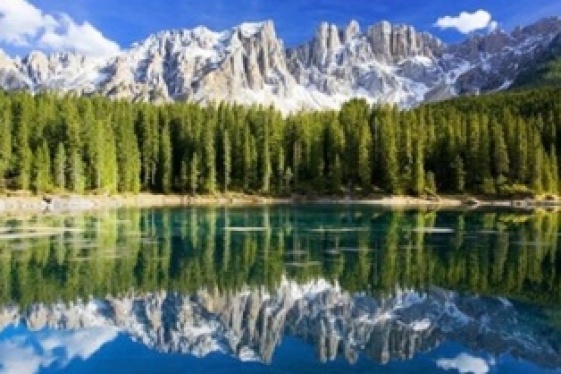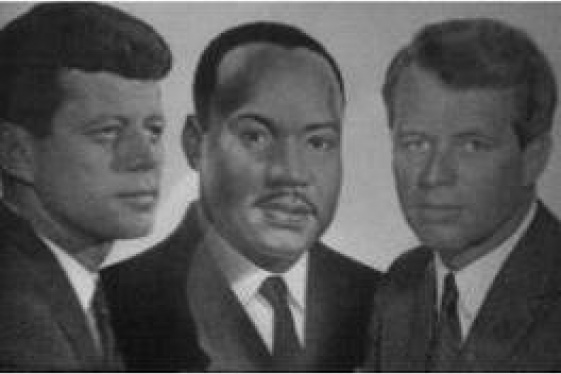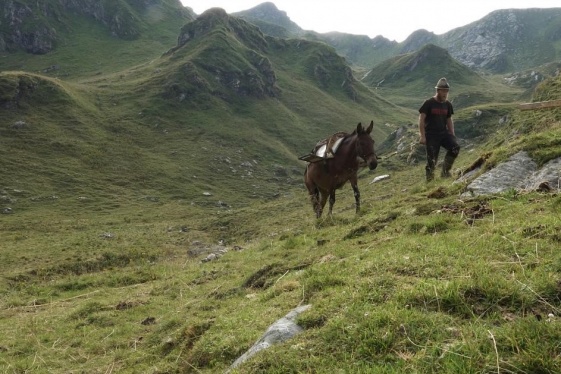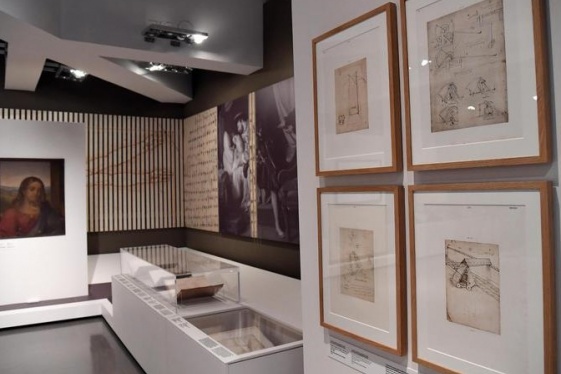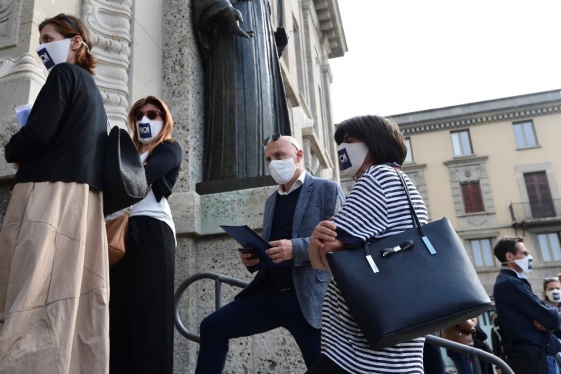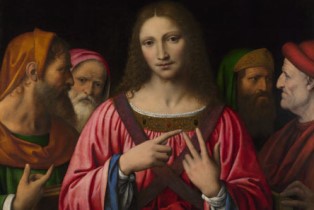

WTI Magazine #29 2014 May, 8
Author : Enrico De Iulis Translation by:
These days in Milan is under construction a very interesting exhibition: the subject is Bernardino Luini, a 100% Lombard painter which has had a mixed fortune and fame, quickly covered by the shadows dropped by the twentieth century critics against him.
His real family name was Scapi and he was born to a peasant family near Luino, close to the border with Switzerland, around 1480. Though his artistic training is still very obscure, certainly it was already very marked by the Lombard and Milanese tradition, when in 1501 he left for Venice, still looking for a personal expression.
During this trip he worked on his first signed works that we know of; all of them show special attention to Lorenzo Lotto and to the use of color by the Venetian current of painters, that knew its most brilliant season in those years.
In 1508 he returned to Milan, creating his first lab and immerging into the atmosphere of the city and its commissions, finding a place among the great artists who were working at that time: Leonardo da Vinci, Bramantino , Borgognone and Solario, who will approach most in his taste.
The style , however, remained very personal: a halo of soft color matched with a never excessive and easily appreciable academism that not once degenerated into banality or triviality.
From the early years of the sixteenth century his works and commissions increased, mainly due to the amazing response that his calm and elegant style had in figuring religious characters. Rsen to the pantheon of the great artistic Ambrosian personalities, Bernardino Luini went to Rome in the early twenties of 1500.
During his tenure he deeply absorbed the style of Raphael, which will represent the last great contribution to the definition of Luini's style: a particularly evident contribution, as the critics of later centuries will strongly enlighten.
In 1532 Luini died, passing his workshop in the hands of his children led by his eldest son Aurelio, who will carry on a thriving business in the wake of his father, then considered a symbol of Milanese art of that time.
The style of Luini soon became a sort of "trademark" of balance and sobriety: in the next century, Federico Borromeo pointed out to it as a yardstick for votive and religious paintings; in the eighteenth century Giuseppe Bossi and Andrea Appiani, the founders of the Brera Academy, took him in as a prototype example of neo-classicism in Lombardy. Even in the nineteenth century his fame remained strong, thanks to a huge range of reproductions and to a romantic taste, also fueled by the great European travelers who could see his frescos, and to the Brera Academy.
It will be in the twentieth century that in a few years his fame and reputation will decline up to relegate Luini to a marginal role in the history of Italian art: probably the avant-gardes of the first two decades of the twentieth century did not like the sweetness of the his color and the calmness of his style, almost to consider him just a follower of the style of Leonardo in Milan.
This exhibition brings to light the importance that Bernardino Luini had in the Milan run by the Sforza family in the first half of the sixteenth century, having him to regain the prominent place that he had in the Milanese Renaissance, that was a worthy rival to the Florentine and Roman ones.
You may be interested
-
Il Console Generale Usa: su turismo e seta s...
In mattinata ha incontrato il sindaco di Como, Mario Lucini, assieme all'assessore Gisella...
-
Small and Medium Enterprises as the Italian...
by Claudia Astarita A recent study on 120 artisan SMEs of excellence – conducted...
-
The Italian Heritage Society of Indiana Lect...
Sunday, November 23 - 2 pmWhen: Sunday, November 23, 2014 2:00-4:00 pm Where: UL 1126 in t...
-
'Freedom Fighters', i Kennedy e la lotta per...
John F. Kennedy, Robert F. Kennedy, Martin Luther King. Tre figure iconiche di quel moment...
-
'It's not a job, it's a disease': Italy's reb...
“I feel much more comfortable here under the rain, wet and cold than in an apartment in th...
-
'Mechanic' of music Da Vinci's organ reconstr...
No one had ever heard its "voice" before: a warm, ancient sound similar to that of a flute...
-
'They were never alone': In Italy's darkest h...
International charity workers are breathing a sigh of relief as they pack up a field hospi...
-
'We want truth and justice': Families of Ital...
"We don't want revenge, we want justice," said Stefano Fusco, 31, who created a group on F...




